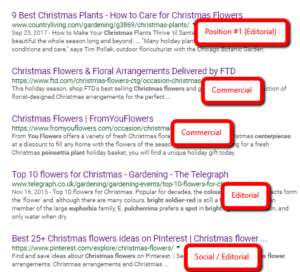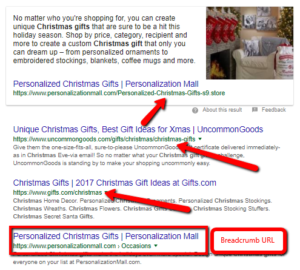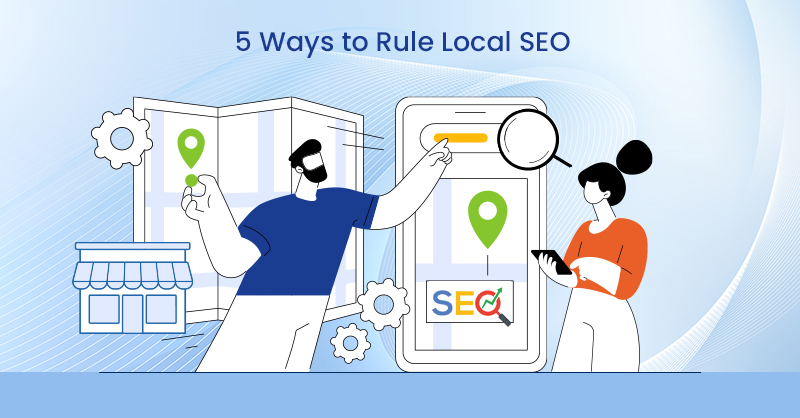
Keywords keywords keywords. That is all anyone in the digital marketing space seems to be talking about these days. While there is no doubt that the right keywords are crucial to the organic success of a website, the landscape of best practices is consistently changing, and webmasters and business owners should understand these changes in order to grow their traffic and ensure strong SEO health.
But first, a brief history of the importance of keywords:
In the beginning, search engines were simple and the webpage with the most keywords ranked the highest. This strategy, called keyword stuffing (among other terms), was eventually phased out (for the most part). Over the years, search engines improved their ability to weed out spammy websites, and the consumer has become savvier. In 2015, Google released RankBrain. This artificial intelligence system works with rare or uncommon search queries to provide more accurate results. This, along with a slew of other updates, has resulted in very sophisticated research results that are rooted in (and not dominated by) important keywords.
The upshot of all this advancement is that websites can create pages that target many similar keywords (often called LSI keywords) without having to include every keyword on the page. However, business owners must make sure they pick the right keywords for each organic lead generating webpage.
To find and implement keywords across your site that target the modern consumer, leverage the following tips:
Tip 1: Target Multiple Keywords through LSI Research
As mentioned above, it once was common place to choose one keyword and use it many times throughout a piece of content. With the advancement of AI, the trend of leveraging LSI (Latent Semantic Indexing) came about. The use of LSI has made it that similar phrases can be used across a piece to help pieces rank for more keywords. GoBloggingTips has a great resource on LSI keyword research here.
For example, a company targeting the term “Christmas gifts” would also want to leverage words like “fun Christmas gifts”, “creative Christmas gifts”, and so on.
Tip 2: Leverage Keyword Research Tools
Beyond your own imagination, there are dozens of solid keyword research tools a marketing team can leverage. There are a variety of options to meet every budget.
Free:
- Answer the Public
- Google Keyword Planner (free with an AdWords account)
- LSIGraph
Paid (some have free daily limits):
Tip 3: Map Keywords, but don’t Overstuff

Before writing any copy, marketing teams must “map” keywords to each individual page. This can be completed with a simple excel sheet so the copywriting team knows what phrases to use when writing the copy. Remember not to overstuff your keywords.
A general rule of thumb is to have 1 major head term and 5 important LSI keywords. Furthermore, the keyword density on the page should stay between 1% and 2%. When keywords are used as anchor text in links it can also improve search ranking results.
Tip 4: Keyword Intent Matters
There are essentially two types of organic keywords: commercial and editorial. Commercial keywords are for terms that a user types when looking to purchase a product, and editorial keywords are used when looking for information about something.
Let’s look at two different examples in the Christmas vertical:
- Christmas Flower Delivery
- Types of Christmas Flowers
Both of these keywords are centered on Christmas flowers with one yielding commercial results and the other yielding information on Christmas flowers. Marketing teams should identify the intent of each page they are attempting to rank.
It gets even more confusing when the keyword is a mix of both editorial and commercial, like “Christmas flowers”:

Google is returning pages with different intents, like the Country Living page (editorial) and the FTD Christmas page (commercial) because the algorithm is not sure if the user wants to learn about Christmas flowers or purchase Christmas flowers.
Tip 5: Technical Keyword Injection (The Good and The Bad)
There are some important rules to follow regarding the technical areas where keywords should get included. Follow these tips:
The Good:
- Readable keyword phrases in the meta data (title tag, H1, and descriptions)
- LSI keywords in the copy
- Internal links with keyword focused anchor text
The Bad:
- Hidden text on pages that are filled with keywords and copy
- This is a direct violation of Google’s guidelines
- Stuffed meta data and non-user friendly headings
Tip 6: Don’t Forget about the Page’s URL
The URL is the first place to signal keyword relevance to a search engine. While not a specific keyword research tip, be sure to include your head keyword, (or most important keyword) in the URL of the page. The best practice is to have URLs come directly off the root domain. Not only is this beneficial for the search engines, it can also impact click through rates (CTR). Let’s look at another few examples from the “Christmas gifts” example above:

Notice that all of the top queries include “Christmas gifts” in the URL? Gifts.com does not necessarily need to include the full phrase, however, as “gifts” is already in their domain. Personalization Mall is also leveraging a “breadcrumb markup” on their page to shorten the URL. Does this help with CTR? We will leave that to the user to decide!
Conclusion
SEO is constantly evolving and changing. The minute that a business feels they are on top of keyword research and strategy, there will likely be a new algorithm change that will have everyone looking for new strategies. However, as we move forward with a more sophisticated Google (and other search engines), it is important to ensure our content marketing efforts target the right keywords, have the right intent, and are user friendly.






on
Great post! It is helpful content for me.